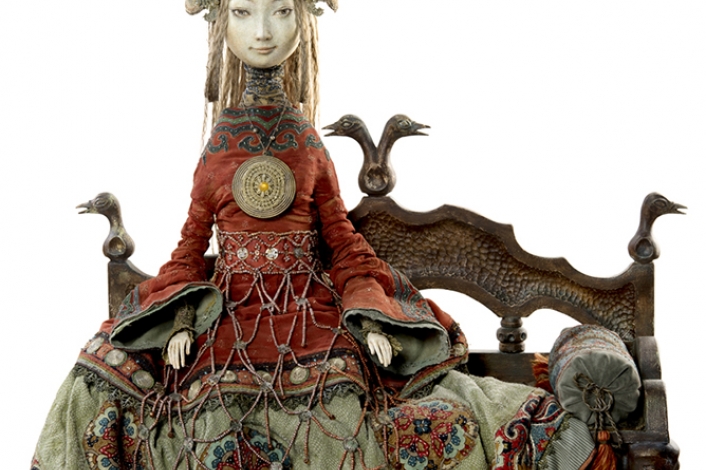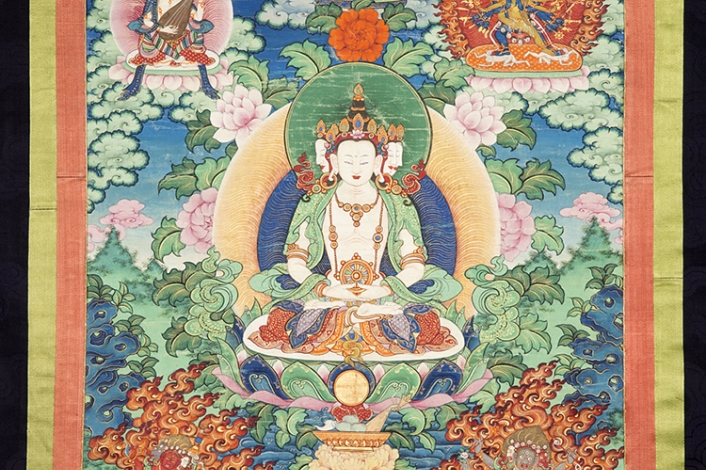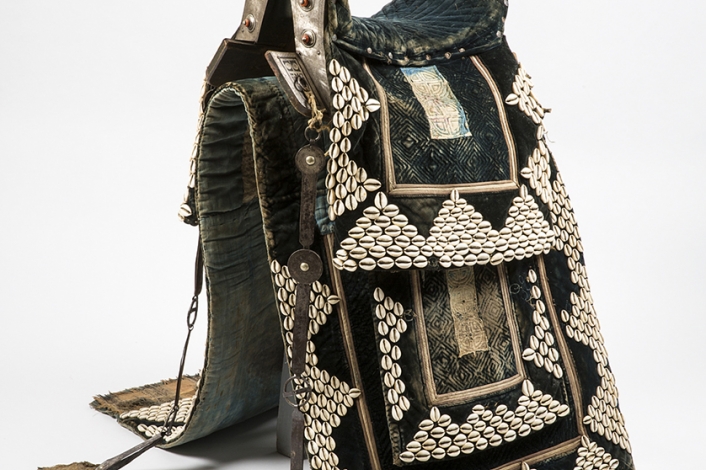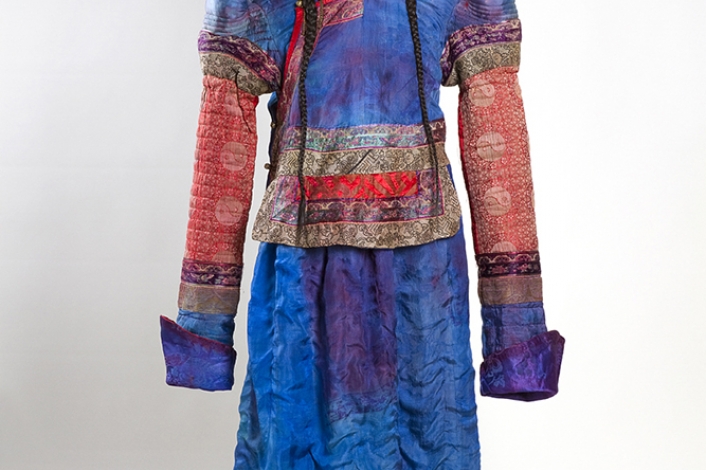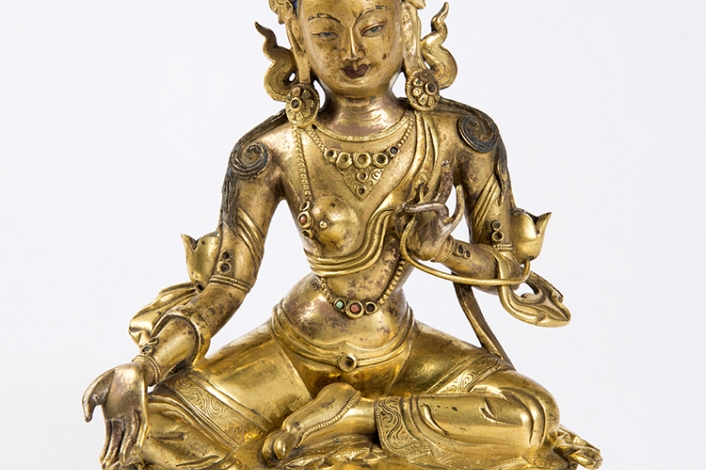Exhibition
“Ulger”: the authorial dolls of Namdakov family
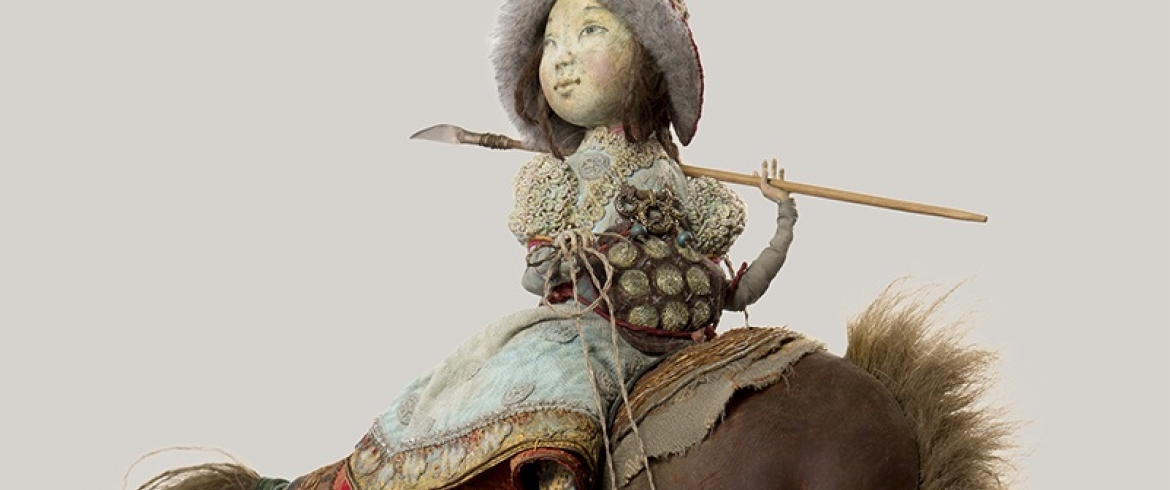
Category
ExhibitionDate
11 october 2018, 10:00 — 20 january 2019, 18:00
Price
100 rub — 300 rub
Events / Exhibition
Photo gallery
The exhibition “Ulger” in the Russian Museum of Ethnography presents authorial dolls of Namdakov family and exhibits on Buryats and Mongols traditional culture from the museum’ collections. Author of majority of dolls sketches from the exhibition is Dashinima Namdakov — famous sculptor, Buryatia folk artist, corresponding member of the Russian Academy of Arts. Dashi Namdakov’ art is closely connected with cultural traditions of his birthplace — Transbaikal.
Dolls making tradition in Buryats culture comes from worship to mother cult, sacred animals and local deities. Nomads’ descendants were skilful craftsmen and were famous for natural material processing not including primary occupation — stock-raising. Yurta and its furniture, carpets, costumes and adornments, horse harness, weapons, shamanic ongons in the form of anthropomorphous masks and zoomorphic images were made from wood and bones, leather and Chinese silk, chased silver, horsehair, wild yak hair and sheep wool.
Then Buddhism culture with rich art and craft traditions comes. Deity images and masks made by craftsmen in different materials and techniques can be seen on temple chancel, in rituals and dramatic performances. Sculptures of keeper deities appear on butsudan in Buryats families.
Authorial dolls of Namdakov family from the exhibition are unique and highly artistic works of art. Made in vivid individual creative manner they have special aesthetics and unmatched imagery that gives them exclusive authorial tone. Usage to traditional forms, origins of traditional culture creates special expressive world where reality interlaces with fantasy, nomads life scenes are found side by side with ancients myths and Buddhist legends and dolls become related to ethnic values of Buryats.
Decoratory stylization goes together with ethnographic authenticity in all dolls presented on the exhibition. National singularity figures out in many exact ethnographic details: style of clothing, adornments construction, hairdo forms, traditional materials, techniques and artistical devices, color-grade, ornament and symbolism.
These national origins are opened by exhibition project authors in thematic sections made on a base of the exhibits from the collections of the Russian Museum of Ethnography on Buryats and Mongols traditional culture of the end of XIX — first half of XX c. Traditional women costumes of Buryats fiancée and Mongols married woman, archer military munitions, woman festive saddle, national musical instruments, Buddhist chancel models are exhibited on the exhibition. Main ethic symbols characterizing Buryats and Mongols traditional culture and its specific ethnical image are concentrated in complexes.
